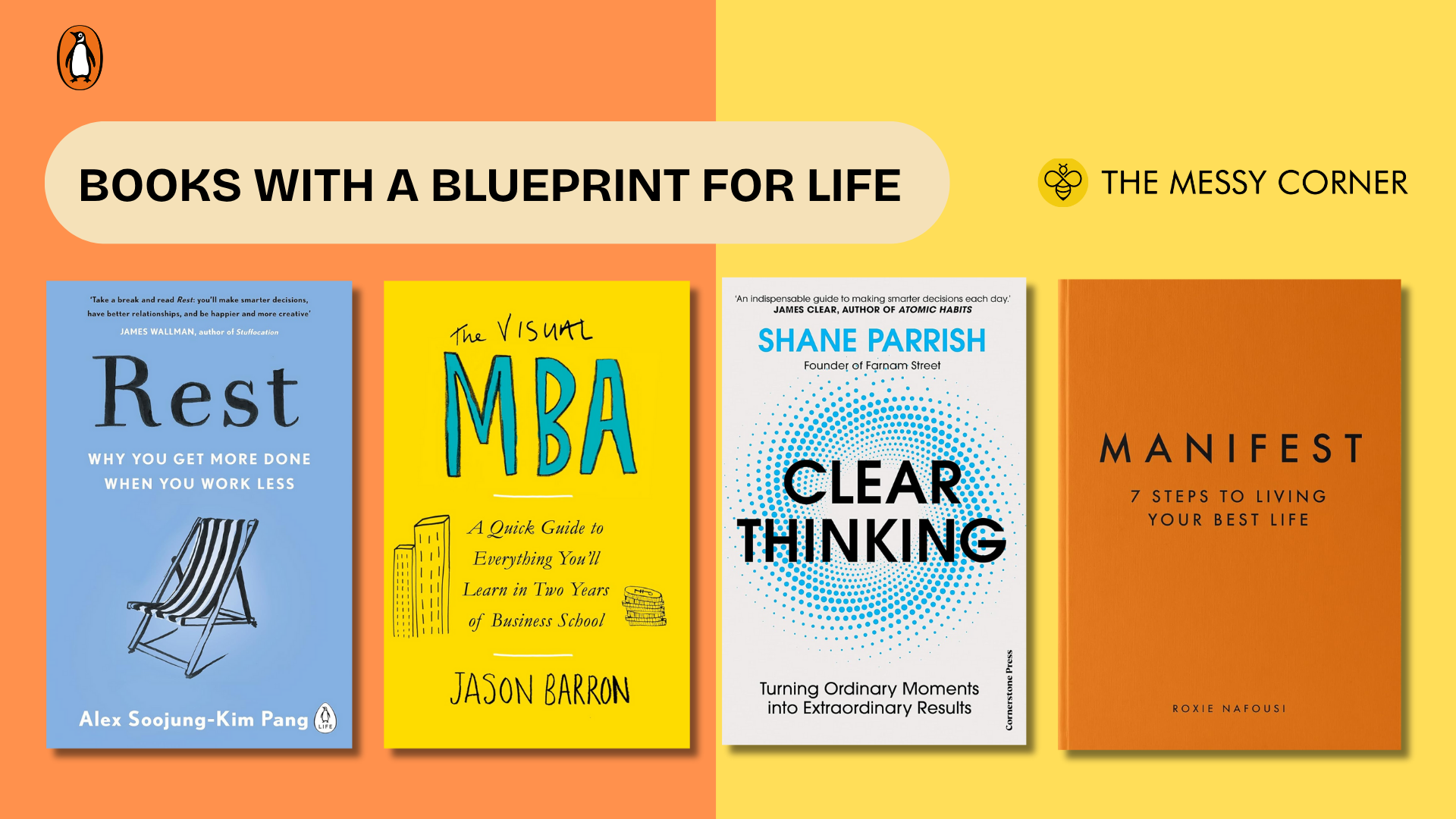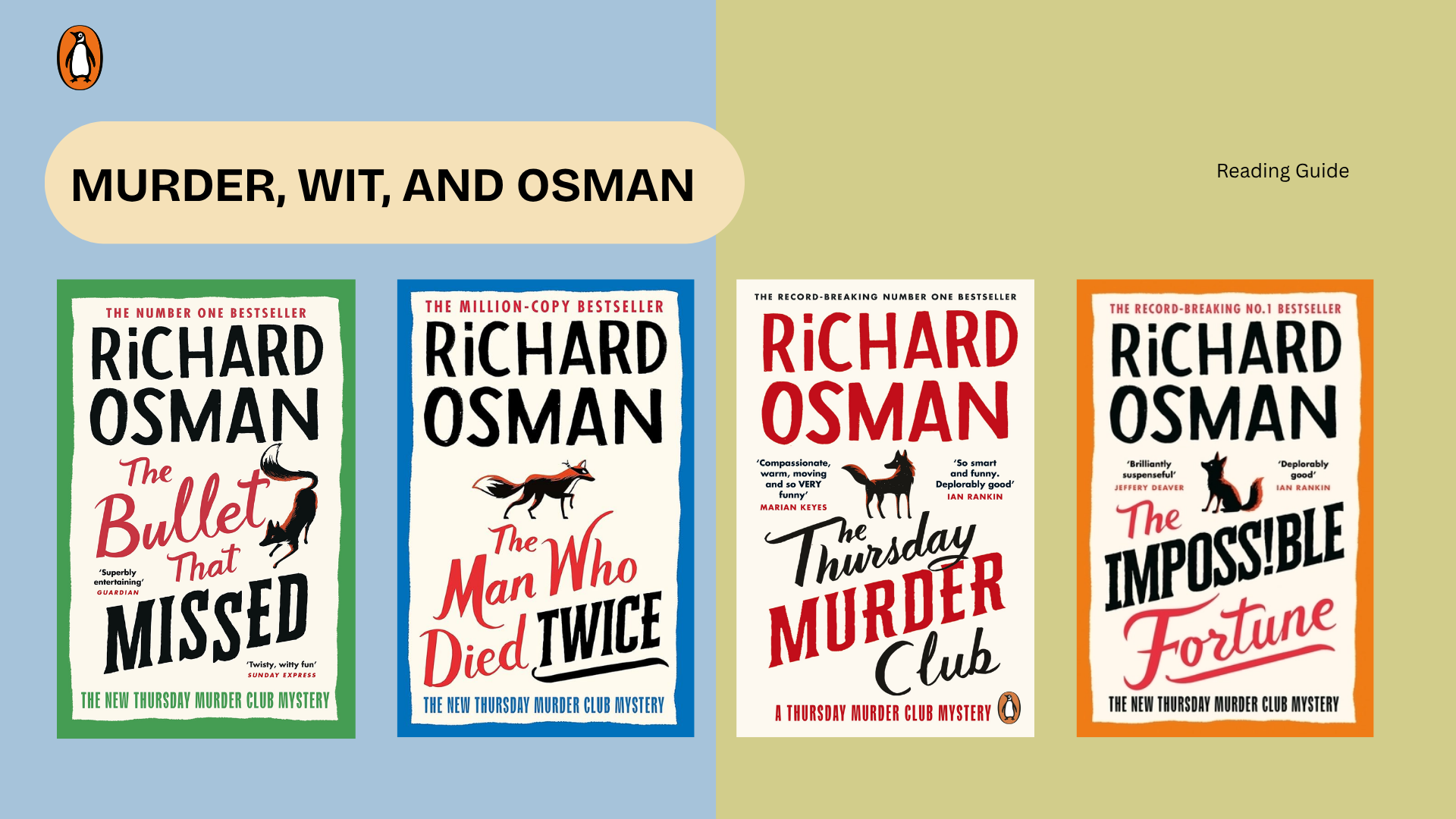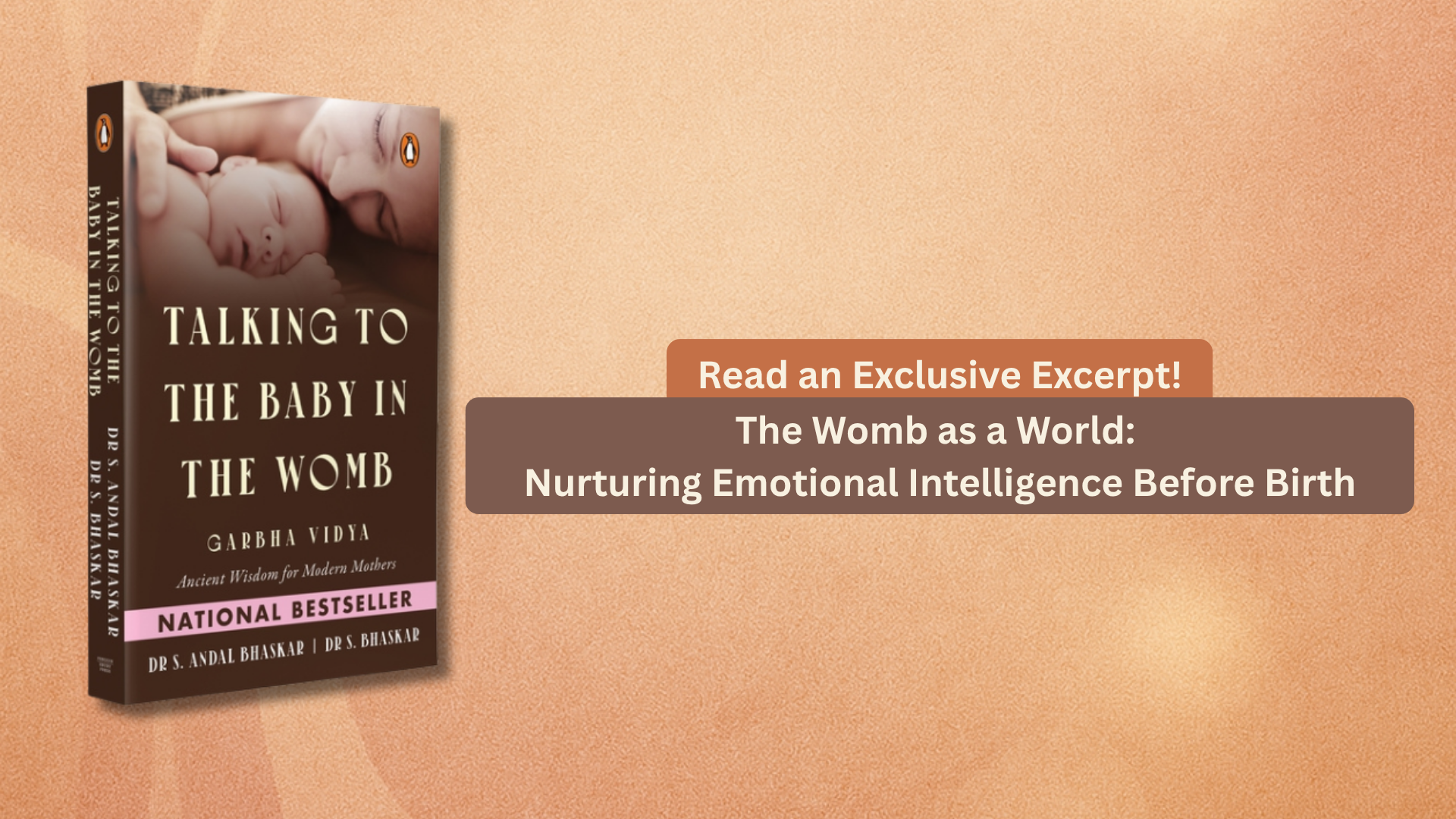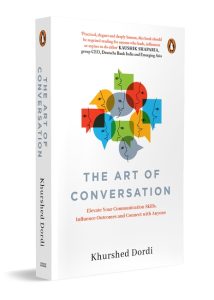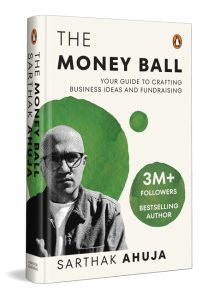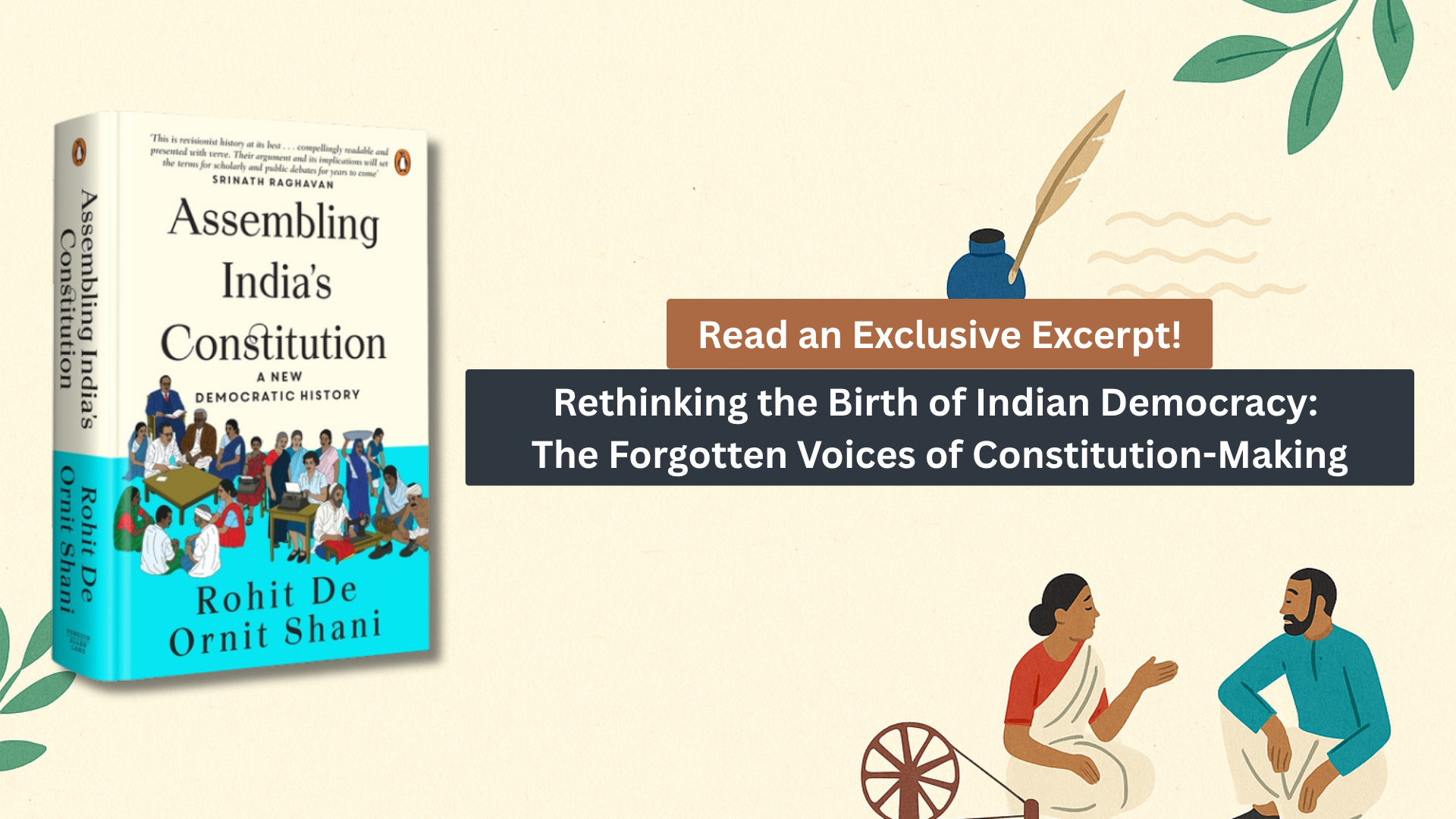December arrives with a sleigh-full of unforgettable stories, sweeping sagas, and holiday delights to see the year out. This month’s essential reads offer a perfect escape for every mood. Get ready for climactic series finales, fresh takes on mythology, and heart-warming tales that define the season.
Here’s the complete list of books to read this December
Your Perfect Partner Won’t Be Perfect – Sima Taparia
This book is an insightful, easy-to-use guide to modern dating and finding a life partner, drawing on the wisdom Sima Taparia has gained over decades as one of India’s top matchmakers. While dating platforms and trends evolve, Sima argues that the secret to a successful courtship remains simple and timeless.

Mahishasura – Anand Neelkantan
Bestselling author Anand Neelakantan (known for Asura: Tale of the Vanquished) reimagines the classic Hindu mythology of Devi and Mahishasura in an epic blend of ancient lore and futuristic science fiction. Set 70,000 years ago in the lost archipelago of Kumarikandam, the story unfolds as Queen Devi faces an intergalactic war.

The Eleventh Hour – Salman Rushdie
This collection of five short stories and novellas is a poignant, death-haunted coda to Rushdie’s groundbreaking career, written after his 2022 stabbing attack. The central preoccupation is mortality, legacy, and the nature of art as one reaches the proverbial “eleventh hour” of life.

Putting the Toilet Seat Down – Harshveer Jain
This is a funny, engaging, and nuanced guide for men (and anyone curious) about feminism, presented primarily as a graphic narrative. The author, Harshveer Jain, tackles the idea that being “good” is not enough; being a feminist is about active responsibility and awareness. The book breaks down complex ideas and common myths (like “feminists hate men”) with logic and humor, using everyday metaphors—like the titular toilet seat—to expose the ordinary, invisible structures of patriarchy.

Farmer Power – Sudhir Kumar Suthar
This comprehensive, meticulously researched account examines the historic 2020–2021 Indian farmers’ movement—one of the largest social assertions in recent global history. When approximately 300,000 farmers marched to New Delhi to protest three new farm laws and camped on the national highways for over a year, they carved out a distinct political space defined by non-violent resistance and democratic principles.
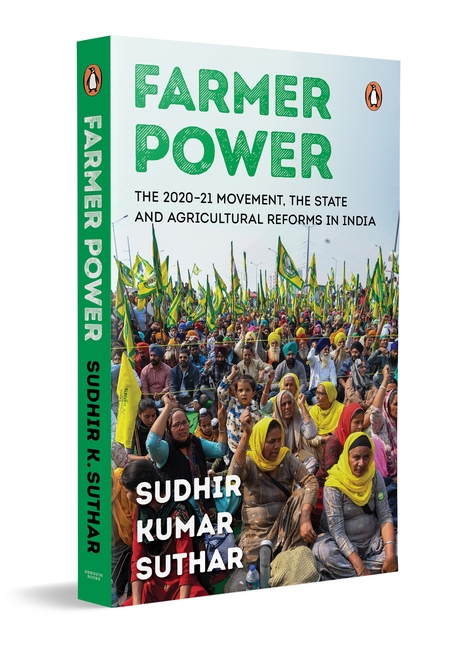
The Nine Lives of Annie Besant – Clare Paterson
This biography chronicles the extraordinary, multifaceted life of Annie Besant (1847–1933), a Victorian rebel who defied societal norms across multiple continents and causes. The title refers to her many radical transformations.

Speaking of History – Romila Thapar and Namit Arora
This book is a compilation of insightful conversations between Romila Thapar, India’s most eminent historian, and writer and photographer Namit Arora. It offers a deep dive into the discipline of history itself and how it is often manipulated for contemporary political ends.
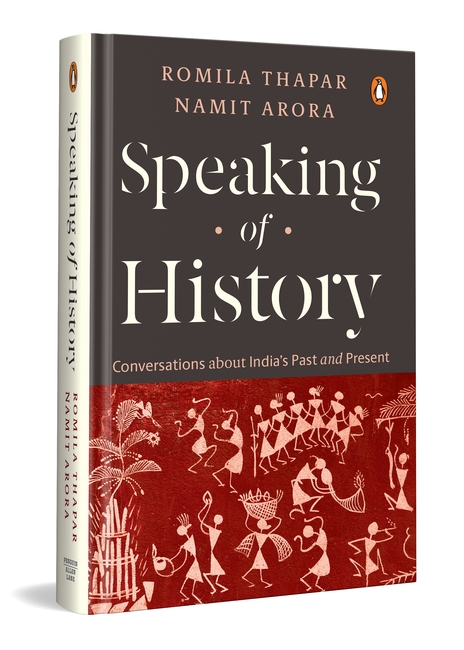
Whither Human Rights in India – Anand Teltumbde
Authored by the prominent scholar, civil rights activist, and public intellectual Anand Teltumbde, this book presents a critical, ground-level assessment of the state of human rights in India. Teltumbde argues that the rhetoric of human rights often fails to address the deep-rooted issues of caste, class, and structural violence prevalent in Indian society.
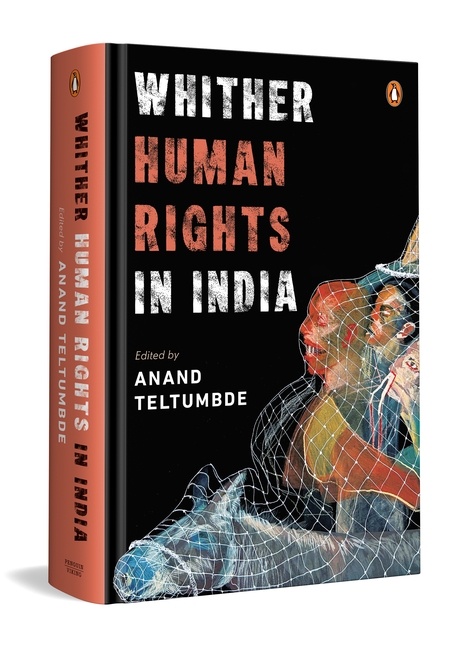
Bachhon ki Doctor – Madhavi Bhardwaj
A memoir or narrative based on the author’s experiences as a pediatrician. The book likely offers a heartfelt, often insightful look into the challenges and joys of treating children, sharing stories from the clinic that resonate with parents and medical professionals alike.

Teachings from the Ramayana: For Every Entrepreneur – Ravi Mantri
An unconventional business book that extracts and applies timeless leadership, strategy, and ethical lessons from the ancient Indian epic, the Ramayana, to the modern world of entrepreneurship and corporate management. It bridges spiritual wisdom with practical business principles.
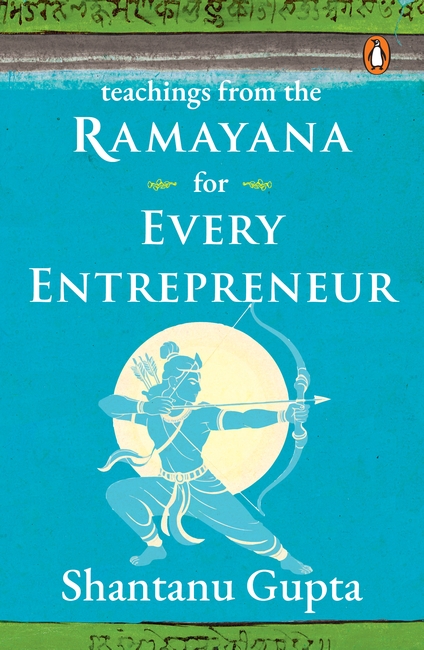
The Battle of Narnaul – Kulpreet Yadav, Madhur Rao
A historical fiction or non-fiction account detailing the significant 17th-century Battle of Narnaul. The book recreates the military conflict, the key figures involved, and the broader political landscape, providing a dramatic and researched look at a pivotal moment in Indian military history.
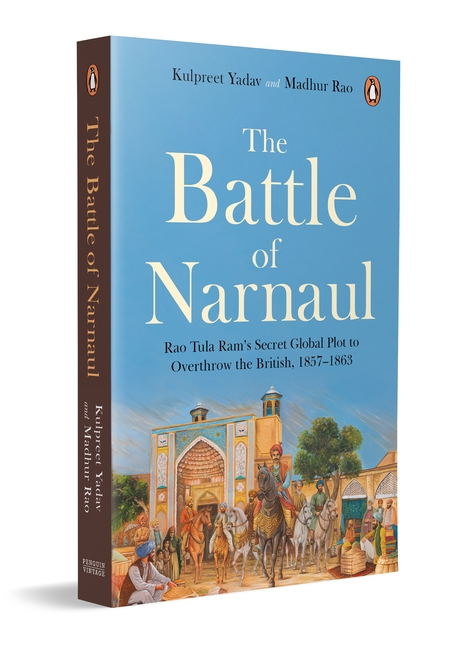
The Perfect Storm – Prabhakar Aloka, Nikhil Ravi
A fast-paced narrative, likely a thriller or investigative work, centered around a high-stakes crisis or conspiracy. The book is characterized by intense action, detailed plot mechanics, and a focus on critical, potentially hidden, events within the sociopolitical sphere.

Designed to Win – S. Devarajan
A book that focuses on strategies and principles for achieving success in competitive fields. It draws upon the author’s experience to outline a methodical approach to planning, execution, and leadership aimed at creating winning outcomes.
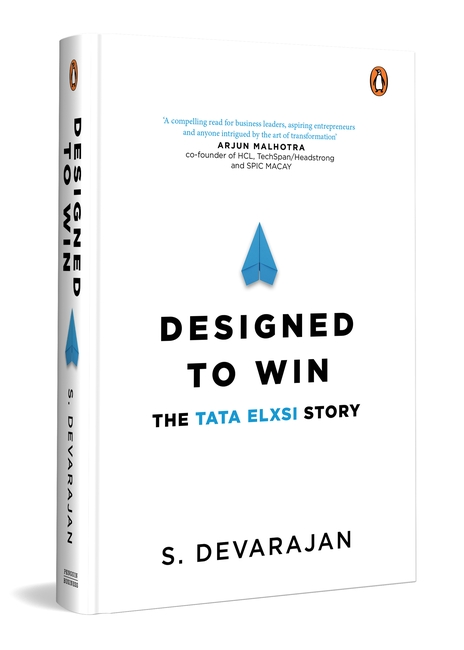
Rukmini Aunty and the R K Narayan Fan Club – Sita Bhaskar
A charming, character-driven fiction piece, it centers on a group of enthusiasts of the classic author R.K. Narayan, using their shared love of literature to explore community, friendship, and the eccentricities of small-town life.
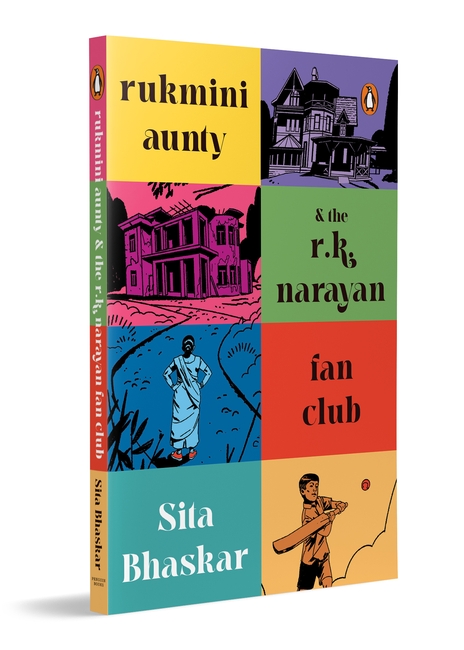
This month, our new releases offer a journey across the spectrum of human experience. Whether you are looking for gripping historical analysis, insightful personal guides, or compelling literary fiction from masters like Salman Rushdie, your next great read is waiting.
Happy Reading!









